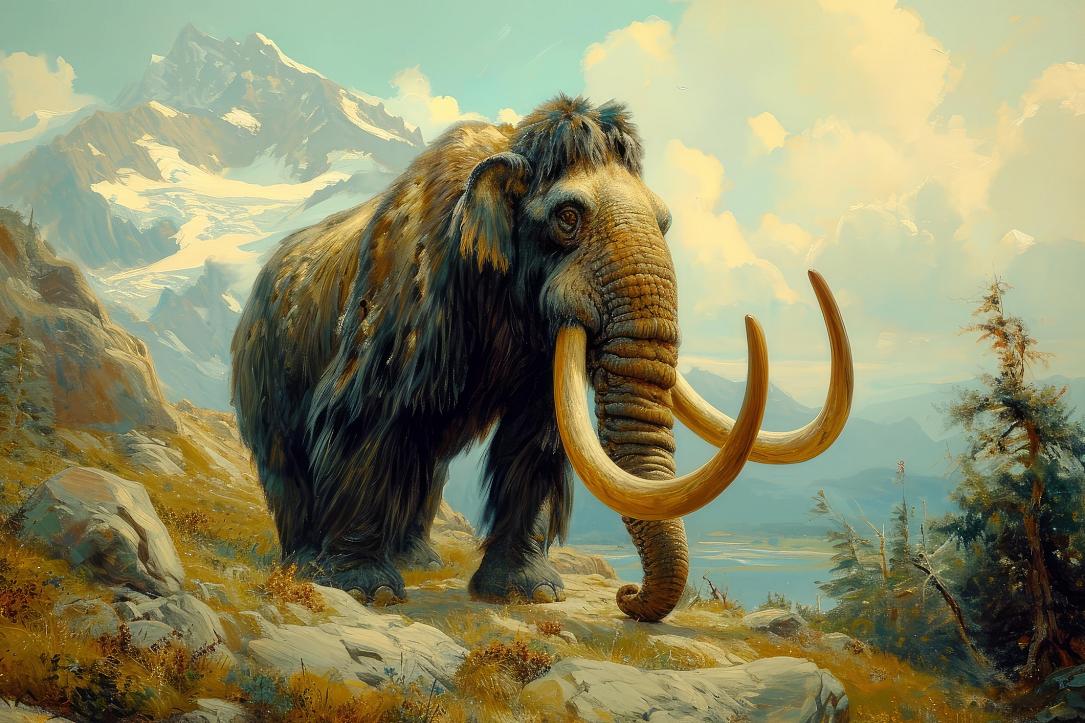Geologists look for mammoth bone fragments along Romania’s Buzău River valley



The discovery of bone fragments from various types of mammoths believed to have lived more than two million years ago along Romania's Buzău River valley has prompted geologists to continue their research in the hope that the area might be a mammoth cemetery.
The first bone fragments were added to the Buzău County Museum's collection over 50 years ago. Subsequently, enthusiasts and researchers unearthed new fragments, which specialists analyzed and revealed as mammoth bones.
The first fragments found, according to Daniel Costache, director of the Buzău County Museum, cited by Agerpres, “include a mammoth tooth from Valea Nucului village, Berca commune, with the latest fragments added in the spring of 2022."
"We consulted researchers from the Bucharest Institute of Geology for identification. It was confirmed that these fragments come from different types of mammoths. They were displayed in a permanent exhibition titled' Prehistoric Fangs' at the Amber Museum in Colți.' Later, a visitor donated a large osteological fragment, the second large piece found on the banks of the Buzău River in Stăncești," he said.
The museum’s management decided to collaborate with experienced geologists from across the country to continue the research.
The mammoths in the area under investigation would have had all the necessary climatic and geographical conditions that they needed.
"We are talking about large herbivore species that lived between 2,000,000 and 800,000 years ago, with fragments from at least two types of mammoths. The femur fragments are over 1 meter long, indicating these herbivores stood 5-6 meters tall at the shoulder, while our average height is 1.7 meters. They had water, grazing areas, and forests," Costache explained.
Recent discoveries have attracted specialists who hope to uncover valuable information about mammoth life in the Carpathian area. At the 22nd edition of the scientific communications session "Millennia Treasured. Creation and Spirituality" in 2024, specialists from the Faculty of Geology and Geophysics at the University of Bucharest confirmed they would continue research along the Buzău River valley, hoping to find more fragments belonging to mammoths.
"About 3 million years ago, the first mammoths emerged from Africa. The first piece of this mammoth species found in Romania is named Mammuthus rumanus. Then, they diversified, with some living in America and others appearing in Eurasia. Initially, Mammuthus rumanus individuals left Africa with massive teeth, few plates, and thick enamel. They are well-known in southern Europe, preferring a warmer climate," stated Ştefan Vasile, a Faculty of Geology and Geophysics lecturer.
(Photo source: Yulia Ryabokon | Dreamstime.com)